1,5-Diiodopentane

1,5-Diiodopentane structure
|
Common Name | 1,5-Diiodopentane | ||
|---|---|---|---|---|
| CAS Number | 628-77-3 | Molecular Weight | 323.942 | |
| Density | 2.2±0.1 g/cm3 | Boiling Point | 264.3±8.0 °C at 760 mmHg | |
| Molecular Formula | C5H10I2 | Melting Point | 9ºC | |
| MSDS | Chinese USA | Flash Point | 123.7±13.9 °C | |
| Symbol |

GHS07 |
Signal Word | Warning | |
| Name | 1,5-Diiodopentane |
|---|---|
| Synonym | More Synonyms |
| Density | 2.2±0.1 g/cm3 |
|---|---|
| Boiling Point | 264.3±8.0 °C at 760 mmHg |
| Melting Point | 9ºC |
| Molecular Formula | C5H10I2 |
| Molecular Weight | 323.942 |
| Flash Point | 123.7±13.9 °C |
| Exact Mass | 323.887177 |
| LogP | 3.83 |
| Vapour Pressure | 0.0±0.5 mmHg at 25°C |
| Index of Refraction | 1.604 |
| InChIKey | IAEOYUUPFYJXHN-UHFFFAOYSA-N |
| SMILES | ICCCCCI |
| Water Solubility | insoluble |
|
1,5-Diiodopentane (stabilized with Copper chip)
Revision number: 6
SAFETY DATA SHEET Section1. IDENTIFICATION Product name:1,5-Diiodopentane (stabilized with Copper chip) Revision number:6 Section2. HAZARDS IDENTIFICATION GHS classification PHYSICAL HAZARDSNot classified HEALTH HAZARDS Skin corrosion/irritationCategory 2 Category 2A Serious eye damage/eye irritation ENVIRONMENTAL HAZARDSNot classified GHS label elements, including precautionary statements Pictograms or hazard symbols Signal wordWarning Hazard statementsCauses skin irritation Causes serious eye irritation Precautionary statements: Wash hands thoroughly after handling. [Prevention] Wear protective gloves/eye protection/face protection. IF IN EYES: Rinse cautiously with water for several minutes. Remove contact lenses, [Response] if present and easy to do. Continue rinsing. If eye irritation persists: Get medical advice/attention. IF ON SKIN: Gently wash with plenty of soap and water. If skin irritation occurs: Get medical advice/attention. Take off contaminated clothing and wash before reuse. Section3. COMPOSITION/INFORMATION ON INGREDIENTS Substance/mixture:Substance Components:1,5-Diiodopentane (stabilized with Copper chip) Percent:>98.0%(GC) CAS Number:628-77-3 Synonyms:Pentamethylene Diiodide (stabilized with Copper chip) C5H10I2 Chemical Formula: Section4. FIRST AID MEASURES Inhalation:Remove victim to fresh air and keep at rest in a position comfortable for breathing. Get medical advice/attention if you feel unwell. Section4. FIRST AID MEASURES Skin contact:Remove/Take off immediately all contaminated clothing. Gently wash with plenty of soap and water. If skin irritation or rash occurs: Get medical advice/attention. Eye contact:Rinse cautiously with water for several minutes. Remove contact lenses, if present and easy to do. Continue rinsing. If eye irritation persists: Get medical advice/attention. Ingestion:Get medical advice/attention if you feel unwell. Rinse mouth. A rescuer should wear personal protective equipment, such as rubber gloves and air- Protection of first-aiders: tight goggles. Section5. FIRE-FIGHTING MEASURES Suitable extinguishingDry chemical, foam, water spray, carbon dioxide. media: Unsuitable extinguishing Solid streams of water media: Specific hazards arising Take care as it may decompose upon combustion or in high temperatures to from the chemical:generate poisonous fume. Precautions for firefighters: Fire-extinguishing work is done from the windward and the suitable fire-extinguishing method according to the surrounding situation is used. Uninvolved persons should evacuate to a safe place. In case of fire in the surroundings: Remove movable containers if safe to do so. Special protectiveWhen extinguishing fire, be sure to wear personal protective equipment. equipment for firefighters: Section6. ACCIDENTAL RELEASE MEASURES Personal precautions,Use personal protective equipment. Keep people away from and upwind of spill/leak. protective equipment and Ensure adequate ventilation. Entry to non-involved personnel should be controlled emergency procedures: around the leakage area by roping off, etc. Environmental precautions: Prevent product from entering drains. Methods and materials for Absorb spilled material in a suitable absorbent (e.g. rag, dry sand, earth, saw-dust). containment and cleaning In case of large amount of spillage, contain a spill by bunding. Adhered or collected up: material should be promptly disposed of, in accordance with appropriate laws and regulations. Section7. HANDLING AND STORAGE Precautions for safe handling Technical measures:Handling is performed in a well ventilated place. Wear suitable protective equipment. Prevent generation of vapour or mist. Wash hands and face thoroughly after handling. Use a ventilation, local exhaust if vapour or aerosol will be generated. Advice on safe handling: Avoid contact with skin, eyes and clothing. A small amount of copper chip is added as a stabilizer. Separation such as filtration should be taken as necessary. Conditions for safe storage, including any incompatibilities Keep container tightly closed. Store in a cool and dark place. Storage conditions: Store under inert gas. Store away from incompatible materials such as oxidizing agents. Light-sensitive, Air-sensitive Comply with laws. Packaging material: Section8. EXPOSURE CONTROLS / PERSONAL PROTECTION Engineering controls:Install a closed system or local exhaust as possible so that workers should not be exposed directly. Also install safety shower and eye bath. Personal protective equipment Respiratory protection: Vapor respirator. Follow local and national regulations. Hand protection:Protective gloves. Section8. EXPOSURE CONTROLS / PERSONAL PROTECTION Eye protection:Safety glasses. A face-shield, if the situation requires. Skin and body protection: Protective clothing. Protective boots, if the situation requires. Section9. PHYSICAL AND CHEMICAL PROPERTIES Physical state (20°C):Liquid Form:Clear Slightly pale yellow - Reddish yellow Colour: Odour:No data available pH: No data available Melting point/freezing point:9°C (Freezing point) Boiling point/range:102°C/0.4kPa Flash point:No data available Flammability or explosive limits: Lower:No data available Upper:No data available Relative density:2.18 Solubility(ies): [Water]No data available [Other solvents]No data available Section10. STABILITY AND REACTIVITY Chemical stability:Stable under proper conditions. Possibility of hazardous No special reactivity has been reported. reactions: Incompatible materials: Oxidizing agents Hazardous decomposition Carbon monoxide, Carbon dioxide, Hydrogen Iodide products: Section11. TOXICOLOGICAL INFORMATION Acute Toxicity:No data available Skin corrosion/irritation: No data available Serious eyeNo data available damage/irritation: Germ cell mutagenicity: No data available Carcinogenicity: IARC =No data available NTP =No data available Reproductive toxicity:No data available RTECS Number:SA0425000 Section12. ECOLOGICAL INFORMATION Ecotoxicity: Fish:No data available No data available Crustacea: Algae:No data available Persistence / degradability: No data available BioaccumulativeNo data available potential(BCF): Mobility in soil Log Pow:No data available Soil adsorption (Koc):No data available No data available Henry's Law constant(PaM3/mol): Section13. DISPOSAL CONSIDERATIONS Recycle to process, if possible. Consult your local regional authorities. You may be able to burn in a chemical incinerator equipped with an afterburner and scrubber system. Observe all federal, state and local regulations when disposing of the substance. Section14. TRANSPORT INFORMATION Hazards Class:Does not correspond to the classification standard of the United Nations UN-No:Not listed Section15. REGULATORY INFORMATION Safe management ordinance of dangerous chemical product (State Council announces on January 26, 2002 and revised on February 16,2011): Safe use and production, the storage of a dangerous chemical, transport, loading and unloading were prescribed. SECTION 16 - ADDITIONAL INFORMATION N/A |
CHEMICAL IDENTIFICATION
HEALTH HAZARD DATAACUTE TOXICITY DATAMUTATION DATA
|
| Symbol |

GHS07 |
|---|---|
| Signal Word | Warning |
| Hazard Statements | H315-H319-H335 |
| Precautionary Statements | P261-P305 + P351 + P338 |
| Personal Protective Equipment | Eyeshields;full-face respirator (US);Gloves;multi-purpose combination respirator cartridge (US);type ABEK (EN14387) respirator filter |
| Hazard Codes | Xi:Irritant; |
| Risk Phrases | R36/37/38 |
| Safety Phrases | S37/39-S26 |
| RIDADR | 2810 |
| RTECS | SA0425000 |
| Packaging Group | III |
| Hazard Class | 6.1(b) |
| Precursor 10 | |
|---|---|
| DownStream 10 | |
|
Cross-linked bioreducible layer-by-layer films for increased cell adhesion and transgene expression.
J. Phys. Chem. B 114(16) , 5283-91, (2010) The effect of cross-linking layer-by-layer (LbL) films consisting of bioreducible poly(2-dimethylaminoethyl methacrylate) (rPDMAEMA) and DNA is examined with regard to rigidity, biodegradability, cell... |
|
|
Reactions of a-lithio (aminocarbene) tungsten anions with diiodoalkanes: Synthesis of (µ-bis (aminocarbene)) ditungsten complexes. Macomber DW and Madhukar P.
J. Organomet. Chem. 433(3) , 279-85, (1992)
|
|
|
Electrochemical Reduction of 1, 5-Dihalopentanes at Carbon Cathodes in Dimethylformamide. Pritts WA and Peters DG.
J. Electrochem. Soc. 141(12) , 3318-3324, (1994)
|
| 1,5-Diiodopentane |
| diiodopentane |
| 1,5-iodobutane |
| Pentane, 1,5-diiodo- |
| 1,5-diiodpentane |
| 1,4-diiodopentane |
| Pentane,5-diiodo |
| EINECS 211-054-1 |
| PENTANE,1,5-DIIODO |
| Pentamethylene diiodide |
| MFCD00001101 |
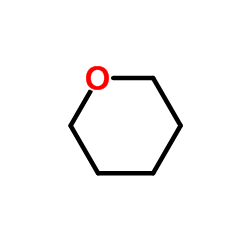 CAS#:142-68-7
CAS#:142-68-7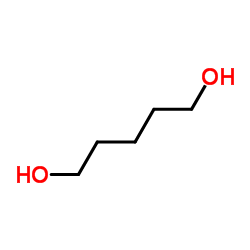 CAS#:111-29-5
CAS#:111-29-5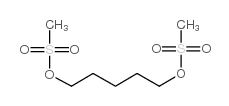 CAS#:2374-22-3
CAS#:2374-22-3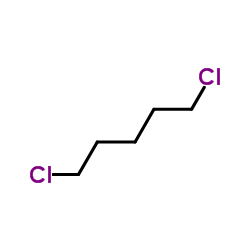 CAS#:628-76-2
CAS#:628-76-2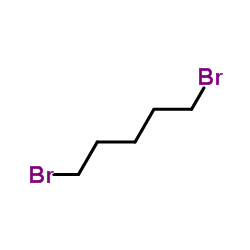 CAS#:111-24-0
CAS#:111-24-0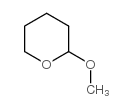 CAS#:6581-66-4
CAS#:6581-66-4 CAS#:40339-96-6
CAS#:40339-96-6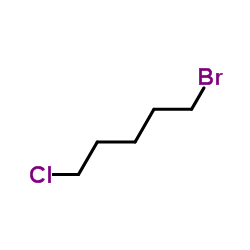 CAS#:54512-75-3
CAS#:54512-75-3 CAS#:1224161-11-8
CAS#:1224161-11-8 CAS#:110-94-1
CAS#:110-94-1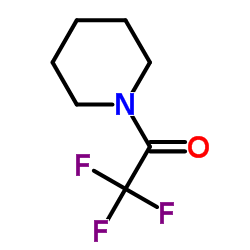 CAS#:340-07-8
CAS#:340-07-8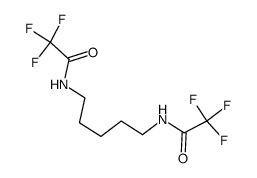 CAS#:2317-69-3
CAS#:2317-69-3![4-[5-(4-carboxy-2-methoxy-5-nitrophenoxy)pentoxy]-5-methoxy-2-nitrobenzoic acid structure](https://image.chemsrc.com/caspic/228/145325-48-0.png) CAS#:145325-48-0
CAS#:145325-48-0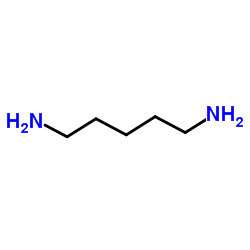 CAS#:462-94-2
CAS#:462-94-2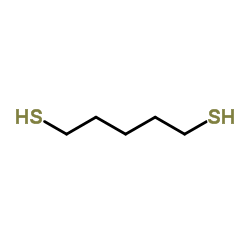 CAS#:928-98-3
CAS#:928-98-3 CAS#:776-75-0
CAS#:776-75-0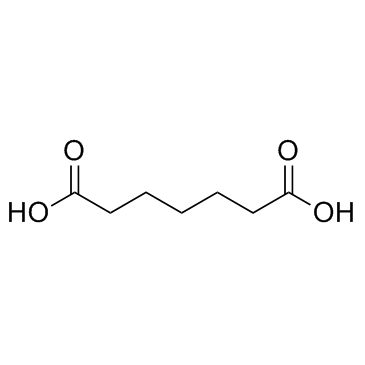 CAS#:111-16-0
CAS#:111-16-0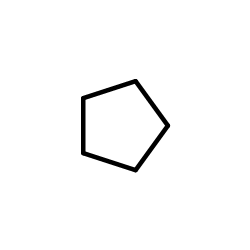 CAS#:287-92-3
CAS#:287-92-3 CAS#:591-93-5
CAS#:591-93-5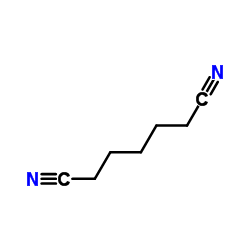 CAS#:646-20-8
CAS#:646-20-8
